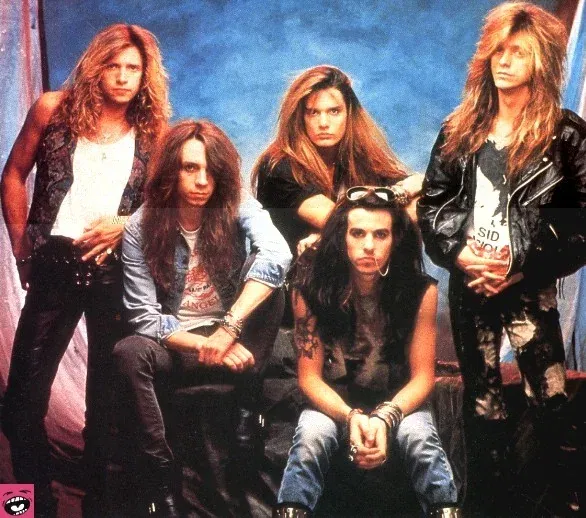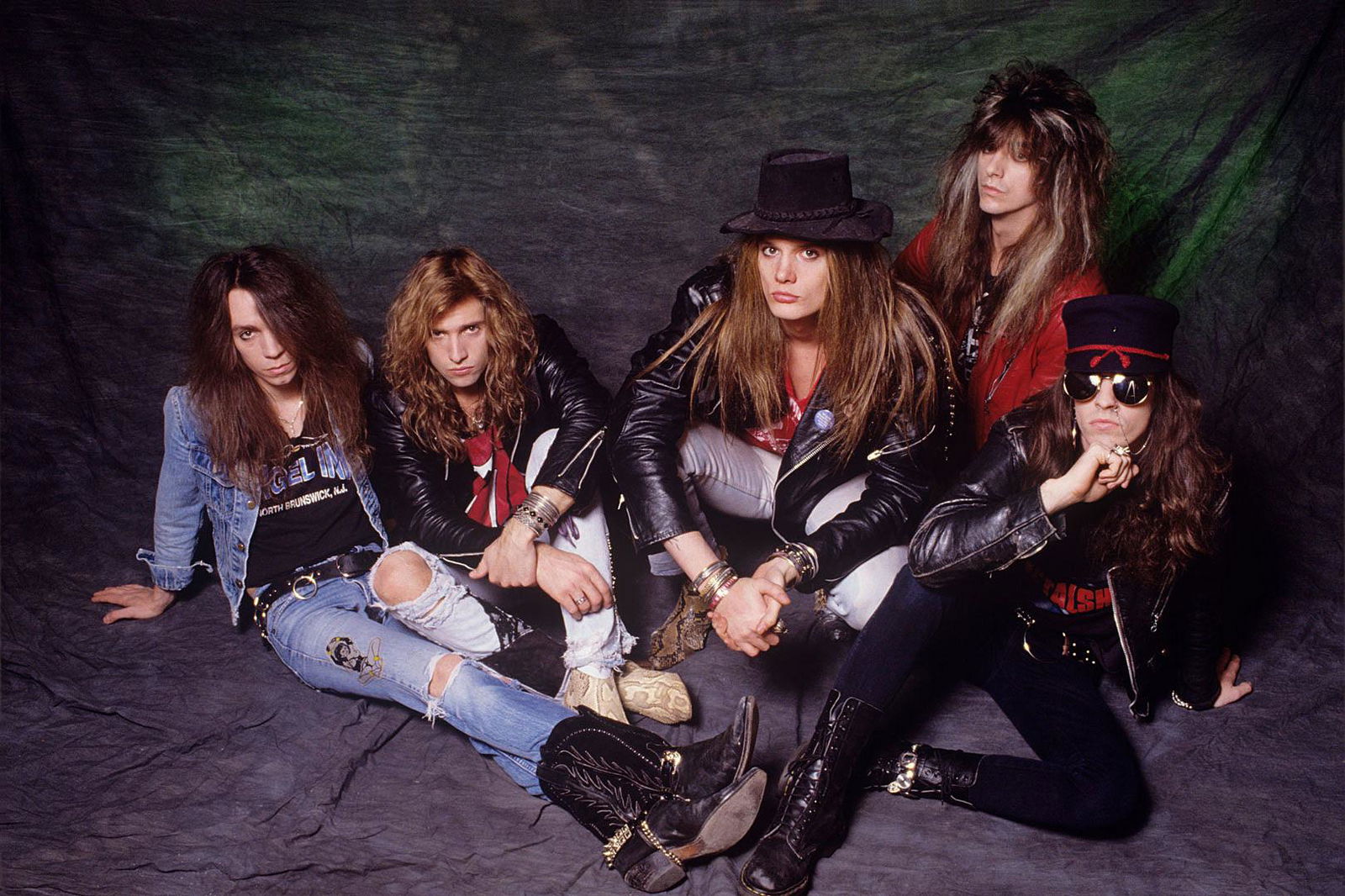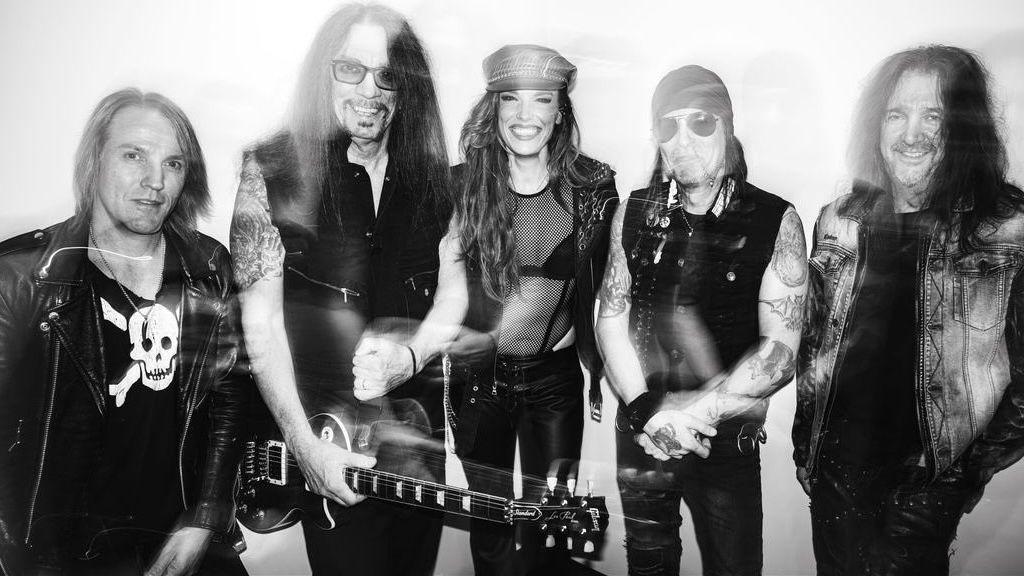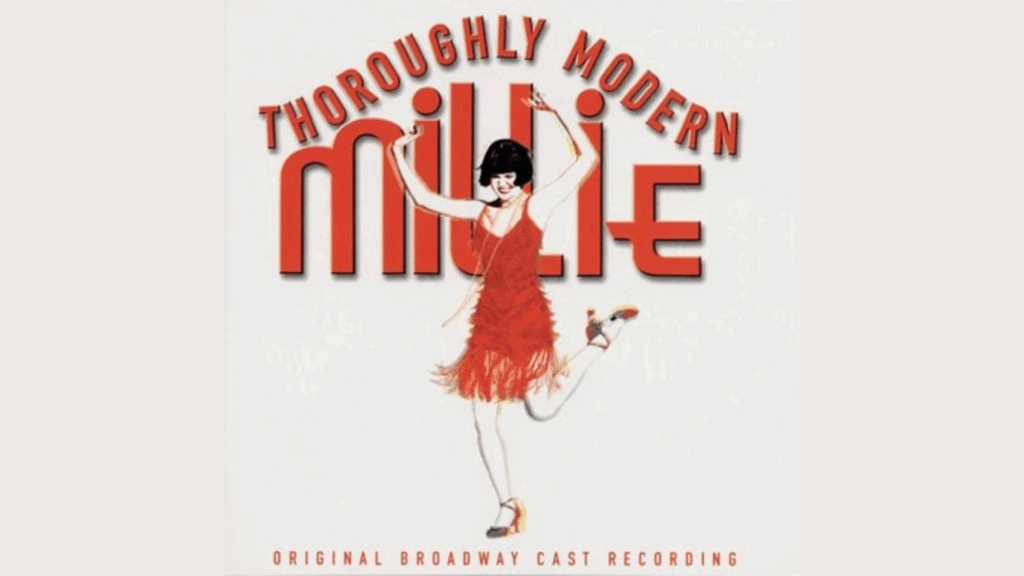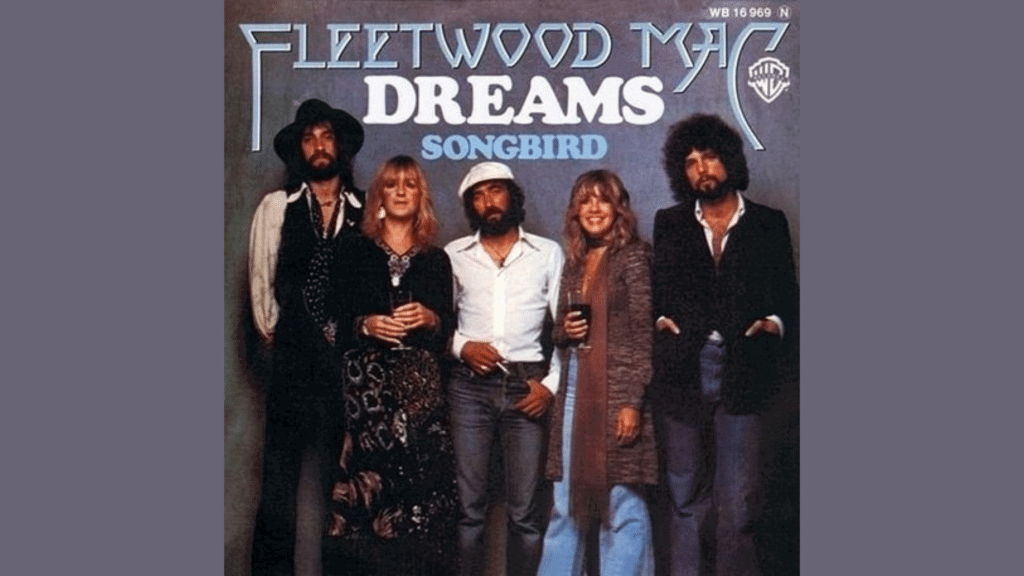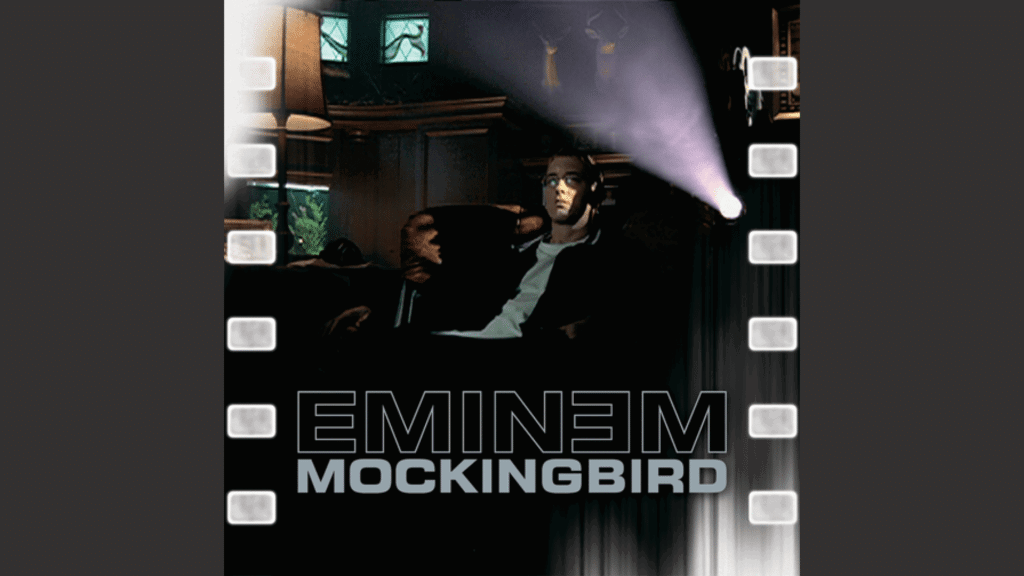Skid Row, the hard-hitting rock band from New Jersey, left an amazing mark on the music world.
Their raw energy and unforgettable anthems defined an era, attracting fans and shaping the sound of a generation.
Despite lineup changes and industry shifts, Skid Row’s influence remains undeniable.
In this blog, we’ll explore the band’s journey, focusing on the voices that brought their music to life.
You’ll get an inside look at the different lead singers who fronted Skid Row, their contributions, and where they are now.
From their early days to their recent regeneration, we’ll uncover the stories behind the music that continues to connect with fans, old and new.
The Origins of Skid Row (1986)
In 1986, Toms River, New Jersey, witnessed the birth of a band that would soon shake the foundations of hard rock.
Skid Row emerged from the vision of bassist Rachel Bolan and guitarist Dave Sabo, who dreamed of creating music that could stand toe-to-toe with the giants of the era.
Scotti Hill and Rob Affuso soon joined, rounding out the group’s early lineup.
The band’s trajectory changed dramatically in 1987 when Sebastian Bach stepped in as lead vocalist, replacing Matt Fallon.
Bach’s dynamic vocals and magnetic stage presence became the perfect match for Skid Row’s high-octane sound, blending the raw energy of punk with hard rock’s melodic hooks.
As Skid Row honed their craft in New Jersey’s club scene, they caught the attention of Jon Bon Jovi, a longtime friend of Sabo. This connection proved invaluable, leading to a deal with Atlantic Records in 1988.
Before their debut, the band made a significant investment in their future, paying $35,000 to guitarist Gary Moore for the rights to use the “Skid Row” name – a move that would soon pay off in spades.
Lead Singer: From Sebastian Bach to Erik Grönwall
- Sebastian Bach (1987–1996): Sebastian Bach’s powerful vocals and charismatic stage presence launch Skid Row to international fame. During his tenure, the band released their most successful albums, including the self-titled debut and “Slave to the Grind.”
- Johnny Solinger (1999–2015): After a brief hiatus, Johnny Solinger took the helm, becoming Skid Row’s longest-serving vocalist. His 16-year stint saw the release of “Thickskin” and “Revolutions per Minute.”
- Later Frontmen (2015–2024): From 2015 to 2024, Skid Row saw brief stints by Tony Harnell, ZP Theart, and Erik Grönwall. Grönwall’s debut on “The Gang’s All Here” in 2022 brought fresh energy to the band. These changes showcased Skid Row’s adaptability but also presented challenges in maintaining a consistent sound.
- Current Lead Vocalist: As of 2024, Lzzy Hale of Halestorm is performing live with Skid Row, adding her powerful voice to the band’s legacy. This move demonstrates Skid Row’s ongoing ability to evolve and stay relevant in the rock music scene.
The Rise to Stardom: Skid Row (1989)
1. Debut Album: Skid Row (1989)
In January 1989, Skid Row released their self-titled debut album, which launched them to the forefront of the hard rock and glam metal scene.
This groundbreaking record featured the standout singles “Youth Gone Wild,” “18 and Life,” and “I Remember You,” which quickly became anthems of the era.
These tracks not only showcased the band’s raw energy and rebellious spirit but also introduced the world to Sebastian Bach’s powerhouse vocals, which would become synonymous with Skid Row’s sound.
2. Commercial Success and Impact
The album’s impact was immediate and long-lasting. Skid Row achieved multi-platinum status in the United States and internationally, eventually reaching an impressive 5× platinum certification.
This remarkable success for a debut album was fueled by the band’s relentless touring schedule, including high-profile slots opening for rock giants Bon Jovi and Aerosmith.
Peaking at #6 on the Billboard 200, Skid Row maintained its chart presence for over a year, a testament to its enduring appeal.
3. Cultural Impact and Legacy
“18 and Life” and “I Remember You” resonated deeply with listeners, becoming generational anthems tackling youthful rebellion, introspection, and heartbreak themes.
This connection with their audience helped Skid Row carve out their niche alongside other leading acts of the late ’80s hard rock scene, such as Guns N’ Roses and Motley Crue.
The rawness and energy captured in their debut album not only defined Skid Row’s initial sound but also influenced the direction of hard rock in the following years.
Slave to The Grind (1991): A Departure from Glam Metal
Skid Row’s sophomore album, “Slave to the Grind,” marked a bold evolution in the band’s sound.
Released in 1991, it showcased a heavier, more aggressive style that departed from their glam metal roots.
This risk paid off, with the album becoming the first by a heavy metal band to debut at #1 on the Billboard 200 in the SoundScan era.
The album’s darker tone and intense tracks like “Monkey Business” earned critical acclaim, proving Skid Row’s ability to push musical boundaries.
While it produced fewer radio hits than their debut, “Slave to the Grind” resonated strongly with fans, balancing raw energy with powerful ballads like “Wasted Time.”
This successful transition demonstrated the band’s versatility and cemented their status as more than just another hair metal act.
Struggles in The 90s and The Return: Post-Bach Era
By 1996, internal tensions led to Sebastian Bach’s departure from Skid Row, marking the end of their most commercially successful era.
This coincided with the rise of grunge, which pushed Skid Row’s glam metal sound out of favor. Their attempt to adapt with “Subhuman Race” (1995) fell short, leading to an extended hiatus.
In 1999, Skid Row reformed with Johnny Solinger as lead vocalist, signaling a shift from their glam metal roots.
Their comeback album “Thickskin” (2003) showcased a more modern, hard rock sound with tracks like “Ghost” and “New Generation.”
Despite praise from loyal fans, the album struggled to recapture its former mainstream success.
Critics were divided, reflecting the challenges of adapting to industry changes and re-entering the rock scene with a new frontman.
Recent Years: The Evolution of Skid Row (2016–2024)
- EP Releases and Continued Relevance (2016–2022): Skid Row released a series of “United World Rebellion” EPs, starting in 2013. This strategy allowed them to maintain a presence in the music scene without full-length albums. These releases blended their classic sound with modern elements, appealing to both old and new fans while showcasing the band’s adaptability.
- Erik Grönwall’s Tenure (2022): Swedish Idol winner Erik Grönwall joined as lead vocalist in 2022, bringing renewed energy to the band. His powerful vocals contributed to “The Gang’s All Here,” Skid Row’s first full-length album in 16 years. The well-received album marked a significant comeback, though Grönwall’s tenure was cut short by health issues in 2024.
- Lzzy Hale’s Temporary Role and Skid Row’s Resilience (2024): Lzzy Hale of Halestorm stepped in as temporary lead vocalist in 2024 following Grönwall’s departure. This unexpected collaboration demonstrated Skid Row’s resilience and ability to grow.
Skid Row’s Influence on Rock Music
1. Pioneers of Hard Rock and Heavy Metal
Skid Row’s groundbreaking fusion of hard rock and heavy metal, particularly evident in their first two albums, set a new standard in the genre.
Their aggressive guitar riffs, powerful vocals, and rebellious spirit became a blueprint for future bands.
This unique blend of catchy melodies and hard-hitting metal made them a reference point for many up-and-coming artists, expanding the boundaries of what was possible in rock music.
2. Impact on Bands and Subgenres
Skid Row’s influence extends across various rock subgenres. Pantera, pioneers of groove metal, drew inspiration from Skid Row’s ability to balance melody and aggression, particularly admiring the heavier direction taken in “Slave to the Grind.”
Nickelback found guidance in Skid Row’s fusion of commercial appeal with heavy rock elements, shaping their approach to crafting rock anthems.
Stone Sour, fronted by Corey Taylor, channels Skid Row’s blend of hard rock and dynamic storytelling, particularly in their approach to powerful ballads.
3. Defining a Generation
Skid Row’s music connects deeply with the youth of the late 1980s and early 1990s, capturing a spirit of opposition and individuality.
Their versatility in crafting both rebellious anthems and poignant ballads addressed a wide range of emotional experiences.
This ability to connect with their audience on multiple levels not only defined their era but continues to inspire new generations of rock fans and musicians, cementing Skid Row’s lasting legacy in the rock music landscape.
Conclusion
Skid Row’s journey through the rock landscape has been an amazing example of resilience and evolution.
From their explosive debut to their recent collaborations, they’ve continually adapted while maintaining their core identity.
Their influence extends far beyond their chart-topping hits, inspiring countless artists and shaping the sound of hard rock for generations.
As we look to the future, Skid Row’s legacy remains vibrant. Their ability to reinvent themselves while honoring their roots keeps fans eagerly anticipating what’s next.
Whether you’re a long-time follower or new to their music, Skid Row’s story invites us all to begin change, persevere through challenges, and keep the spirit of rock alive.
What are your thoughts on Skid Row’s impact? Share your favorite memories or songs in the comments below!

